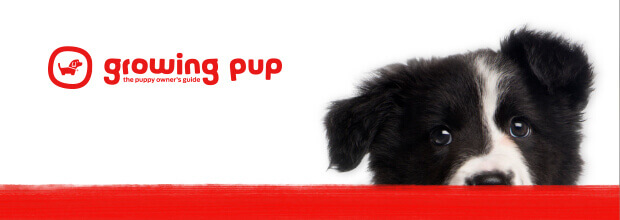- Dog suitable for owners with some experience
- Some training required
- Enjoys vigorous walks
- Enjoys walking one to two hours a day
- Medium dog
- Some drool
- Requires grooming every other day
- Non hypoallergenic breed
- Chatty and vocal dog
- Not a guard dog
- May require training to live with other pets
- Great family dog












